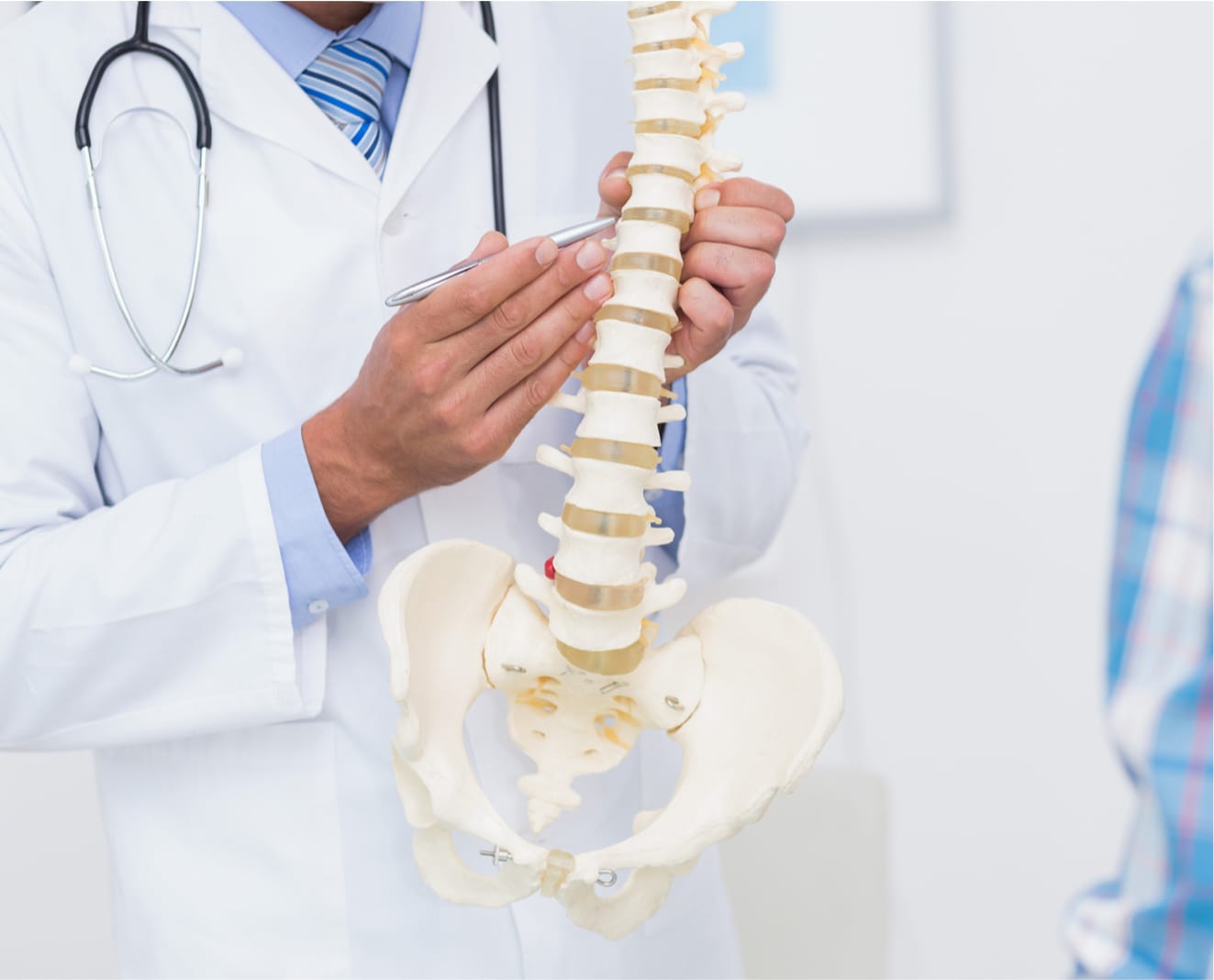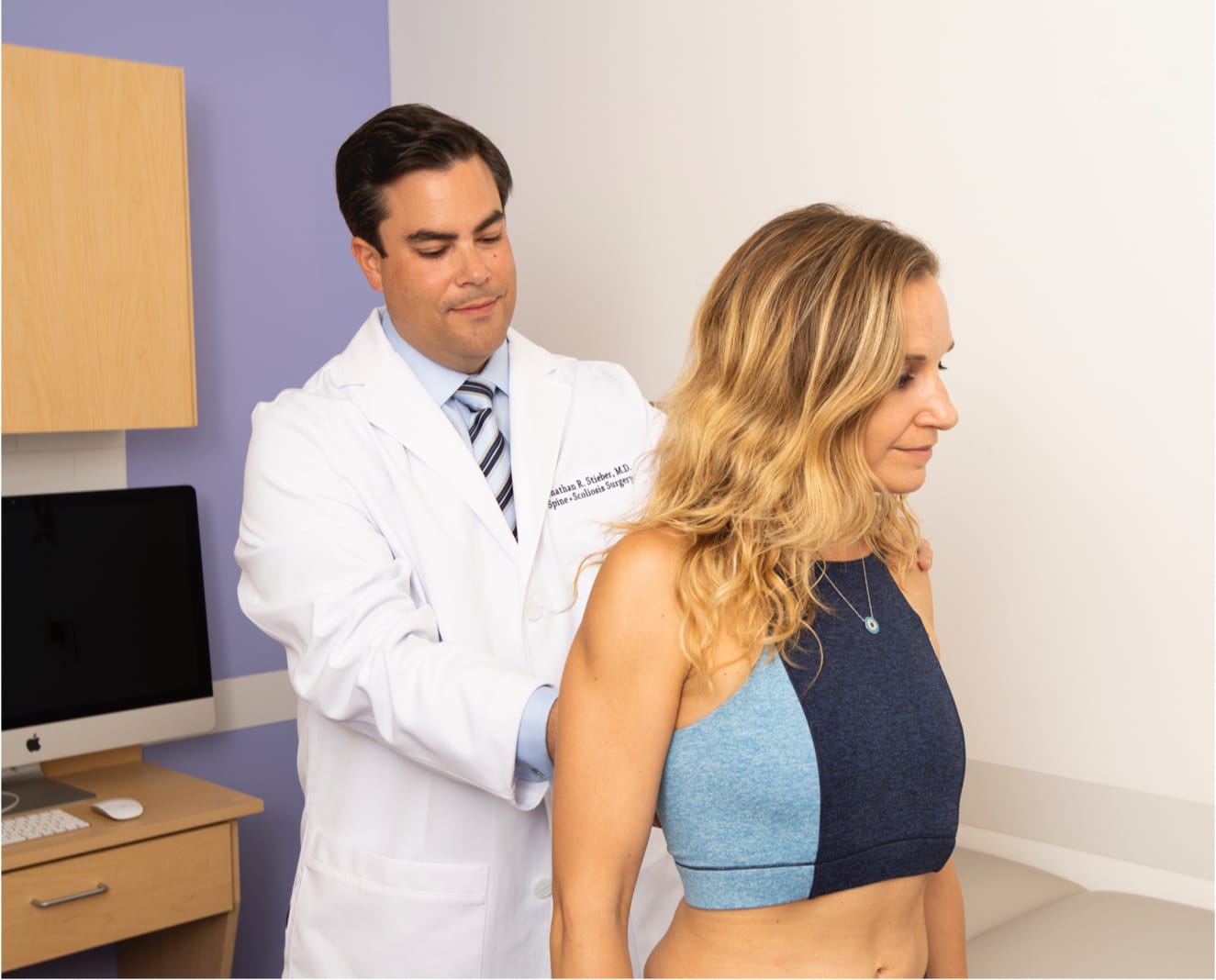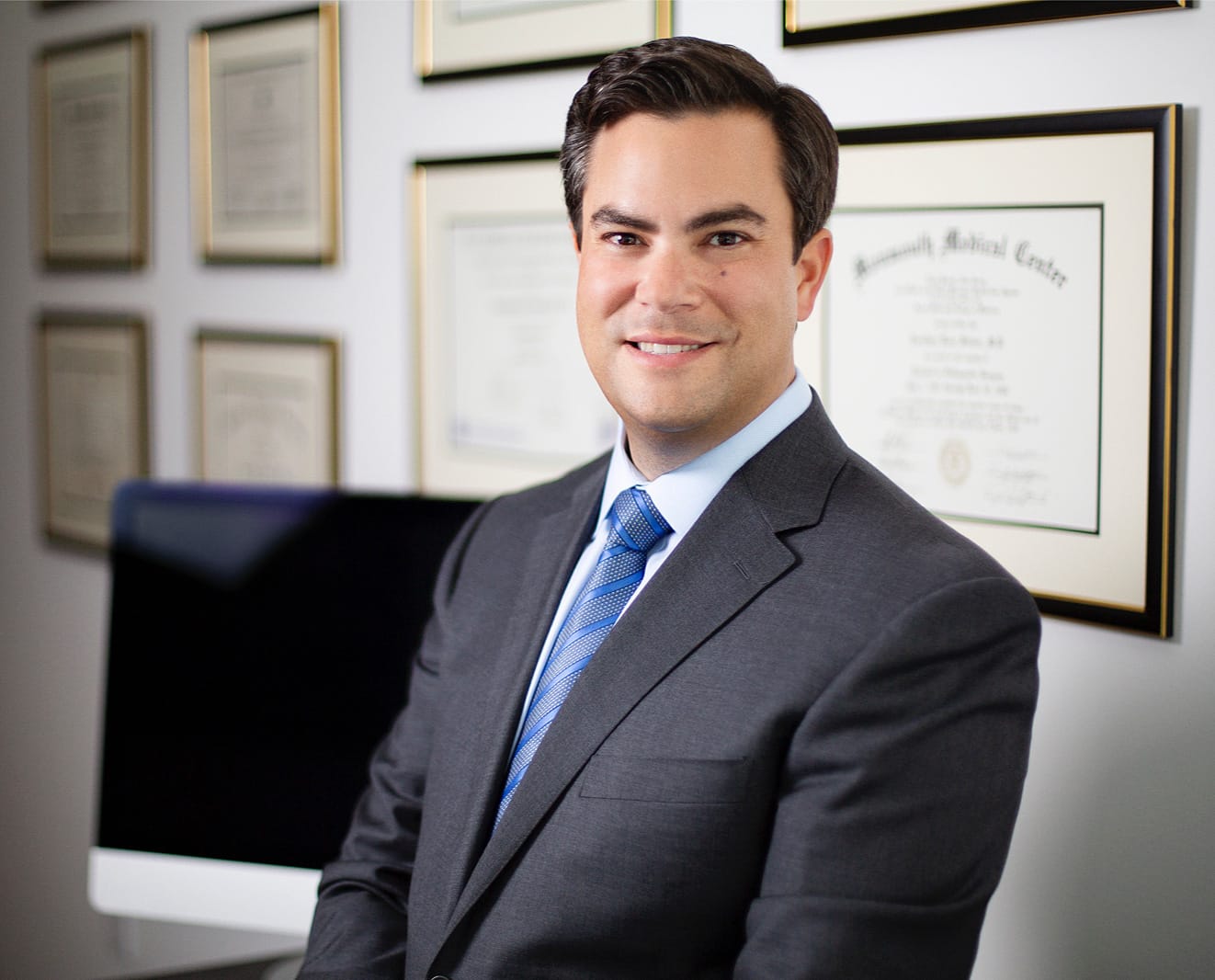If you are seeking treatment for back pain in NYC, rest assured you are not alone in this experience. Studies suggest that more than 75% of individuals will encounter either persistent or intermittent back pain. When discussing "back pain," we refer to discomfort that can occur anywhere along the spine, though it most commonly affects the lower back or lumbar region.
To grasp the nature of back pain, it’s helpful to differentiate between two broadly experienced types: chronic and acute.
Both chronic and acute pain can impact your day-to-day life, limiting mobility and overall quality of life.
Acute back pain may arise from strains or sprains in the spinal muscles, but it often eases off with time and non-surgical care. In other cases, acute pain can result from an injury such as fracture or herniated disc. Here is a glimpse into some of the common reasons behind back discomfort:
A vertebral compression fracture occurs when one or more of the vertebral bones in the spine collapse, often due to osteoporosis, injury, or other underlying factors. This can result in discomfort, reduced height, and limited mobility.
Spinal osteoarthritis, or spondylosis, is the gradual degeneration of the joints and discs in the spine. This condition may lead to stiffness, pain, and the formation of bone spurs, which can sometimes put pressure on nerves, further complicating movement.
Spondylolisthesis occurs when one of the vertebrae in the spine slips out of its proper position, either forward or backward. This displacement can compress nearby nerves, leading to pain, weakness, or numbness in the legs. In some cases, patients may experience difficulty walking or standing for long periods.
Spinal stenosis refers to the narrowing of the spinal canal or nerve openings, which can place pressure on the nerves. This pressure can cause pain, numbness, weakness, and difficulties with movement, especially when walking.
Degenerative disc disease occurs when the discs between the vertebrae gradually lose their cushioning ability, leading to ongoing discomfort, stiffness, and pressure on nearby nerves.
A herniated disc results when the inner gel-like material of a spinal disc pushes through a small tear in the outer layer. This can irritate nearby nerves, leading to pain, tingling, or weakness along the affected nerve's path.
These conditions affect the alignment of the spine. Scoliosis can cause a sideways curvature; kyphosis may lead to excessive forward curvature in the upper back, and flat back syndrome occurs when the spine's natural curve is diminished, potentially affecting balance and posture.
Dr. Stieber and his team are dedicated to addressing all levels of back pain, from mild discomfort to more severe conditions. Whether the pain is new or has been ongoing, consulting with a specialist for treatment of back pain in NYC can provide clarity and relief.
Certain situations should prompt a visit to your doctor, including:
Obtaining an accurate diagnosis is our first step toward effectively treating your back pain in NYC. When you consult with Dr. Stieber, he will comprehensively evaluate your symptoms and your back’s condition. This includes an assessment of your movements such as walking, sitting, and standing, to understand your pain better.
In some cases, further tests may be recommended to gather more information about the underlying cause of your pain. Diagnostic tests may include:

Imaging tests, including X-rays, MRIs, or CT scans, provide essential information for diagnosing back pain. While X-rays and CT scans focus on bones and skeletal structures, MRIs offer insights into soft tissues like discs, ligaments, and nerves.
Though not frequently required, blood tests may be used in certain cases, particularly if an underlying infection is suspected.
In cases involving potential nerve compression, nerve studies such as electromyograms (EMGs) or nerve conduction studies (NCS) can provide valuable information regarding the nature of nerve damage.
If a bone lesion or compression fracture is suspected, bone scans or other nuclear medicine studies may be recommended for further evaluation.
"Dr. Stieber performed a MIS TLIF at L4 / L5 in January 2015. At a year and a half, I am pain free and doing well. The man is a life saver. I have and will continue to recommend him to anyone experiencing back pain."
Once Dr. Stieber has determined the cause of your back pain, he will work closely with you to develop a personalized treatment plan. This plan may include a combination of physical therapy, medication, and, in some cases, surgical intervention.

One of Dr. Stieber’s top recommendations in the majority of his personalized back pain treatment plans is physical therapy. During physical therapy, the patient is instructed on how to strengthen muscles, improve posture, and increase flexibility. This form of treatment is done by experts who may also utilize a variety of modalities, including heat treatment, electrical stimulation, and ultrasound to reduce one’s pain.
Medications may also play a role in your treatment, including:
While many cases of back pain can be managed non-surgically, there are instances where surgery may be considered. If surgery is the best option, Dr. Stieber will explain the procedure, ensuring you feel informed and comfortable with the decision. As a minimally invasive back surgery specialist, Dr. Stieber employs the most advanced techniques to restore function and mobility.
Choosing Dr. Jonathan Stieber means selecting a recognized leader in spine surgery and pain management. With over eighteen years of specialized experience, Dr. Stieber offers his patients unparalleled expertise and care. His role as Director of the Spine Center at OrthoManhattan and Associate Professor of Orthopedic Surgery at NYU School of Medicine reflects his dedication to advancing the field of spine care.
Dr. Stieber’s minimally invasive surgical techniques and patient-focused care have earned him numerous accolades, including recognition as a New York Magazine Best Doctor and a Castle Connolly Top Doctor. Supported by a highly skilled team, Dr. Stieber is committed to providing the highest level of care, ensuring that each patient receives the attention they need for effective pain relief and recovery.

Back pain can stem from various factors, including muscle strain, ligament sprain, herniated discs, spinal stenosis, arthritis, osteoporosis, and skeletal irregularities.
Maintaining a healthy weight, practicing good posture, exercising regularly, using proper lifting techniques, and avoiding prolonged sitting or standing can help prevent back pain.
Treatment options for back pain may include physical therapy, medication, injections, chiropractic care, acupuncture, and, in some cases, surgical intervention. Our specialists will tailor a treatment plan to address your specific needs.
It is advisable to seek medical attention if your back pain is severe, persistent, or accompanied by other symptoms such as numbness, tingling, weakness, or bowel or bladder changes.
Physical therapy aims to strengthen the muscles supporting the spine, improve flexibility, and promote proper body mechanics to alleviate back pain and prevent its recurrence.
Yes, emotional stress and anxiety can contribute to back pain. Our holistic approach addresses the mind-body connection to optimize your overall well-being.
Applying ice or heat, practicing gentle stretching exercises, using over-the-counter pain relievers, and maintaining a supportive mattress and ergonomic workspace can help manage back pain at home.
Chiropractic care focuses on spinal manipulation and alignment to alleviate back pain, improve mobility, and enhance overall spinal health.
Prolonged untreated back pain can lead to decreased mobility and may contribute to the development of chronic pain conditions.
At our practice, Dr. Stieber, is dedicated to providing comprehensive care to address your back pain and improve your overall quality of life. We understand the impact back pain can have on daily activities and are committed to guiding you toward effective solutions tailored to your needs. Rest assured, Dr. Stieber’s focus is to help you return to regular activity and prevent further progression of your condition whenever possible. Contact us today to schedule a consultation and take the first step towards finding relief from back pain.
© Stieber MD. All Rights Reserved. Designed & Developed by Studio III
Alternate Phone: (212) 883-8868